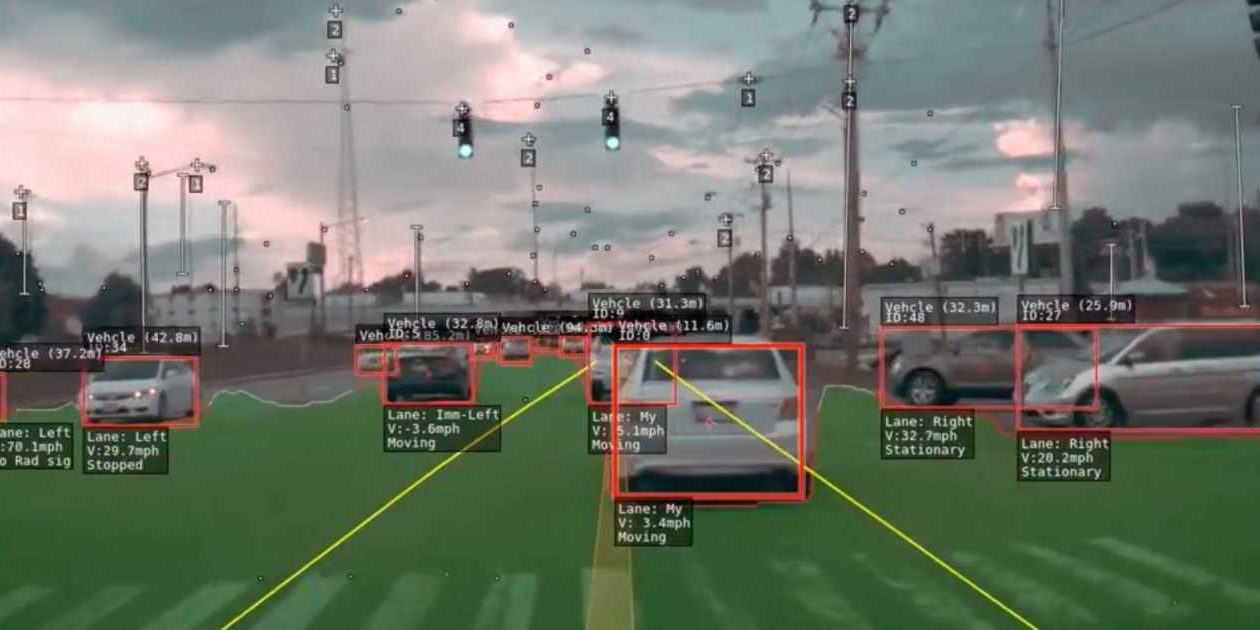What unreleased FSD Autopilot sees. Straight from Tesla Autopilot recruiting website. pic.twitter.com/EaI5DzKbYs
— The Tesla Show (@TheTeslaShow) January 31, 2020
With the new CPU for the autonomous driving system (FSD), Tesla is betting for the first time on an entirely own development board and chip with which to try to achieve total autonomous driving. A system capable of processing up to 2.5 gigapixels per second and 36.8 TOPS. This would be the equivalent of two and a half times the performance of the current Autopilot solution, according to the data of Tesla itself that has also added the processing capacity of 2,300 FPS (frames per second). With that we can compare with the 110 FPS of Autopilot 2.5 which means multiplying by 21 the function of the current system.
The result can be seen in the video published by Tesla, in which we can observe the high level of detail that reach a system capable of analyzing and interpreting from signals. These signals include stop, the signs painted on the ground, and also the color of traffic lights and act at all times in the most appropriate way to each situation.
A system that advances and learns as the Tesla fleet increases, which this year expects to add another 500,000 cars to its fleet, will allow them to trigger the amount of data collected to accelerate the development of a technology that walks towards total autonomy. Along the way it will offer unstoppable increases in driving safety and comfort to its owners, and all using a relatively affordable technology that dispenses with expensive elements such as LiDAR sensors, which currently slows the expansion of the autonomous car at mass level.

